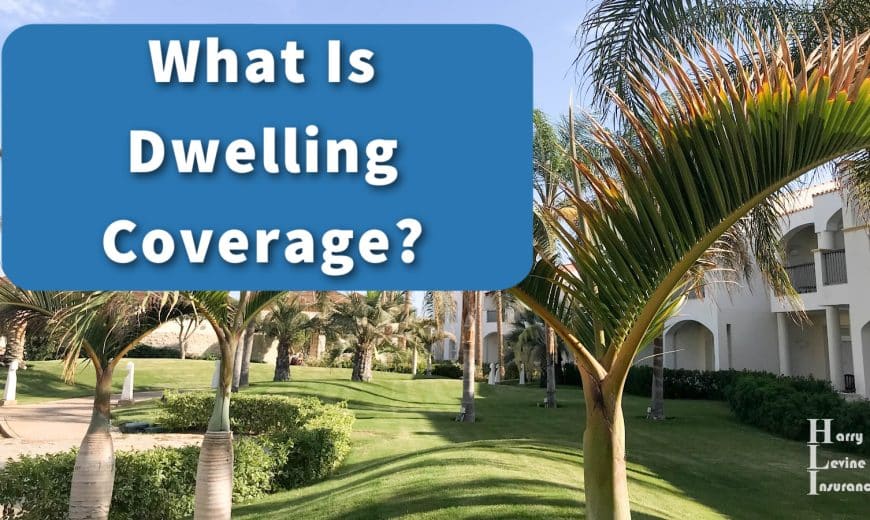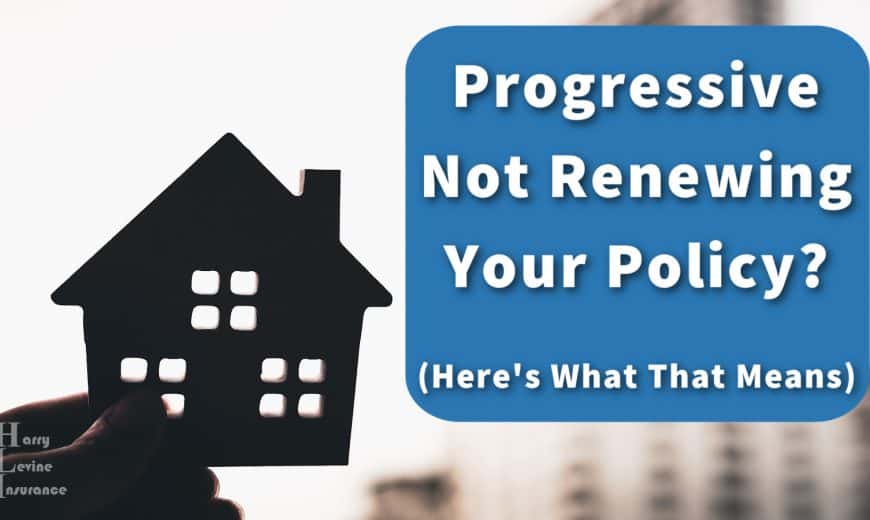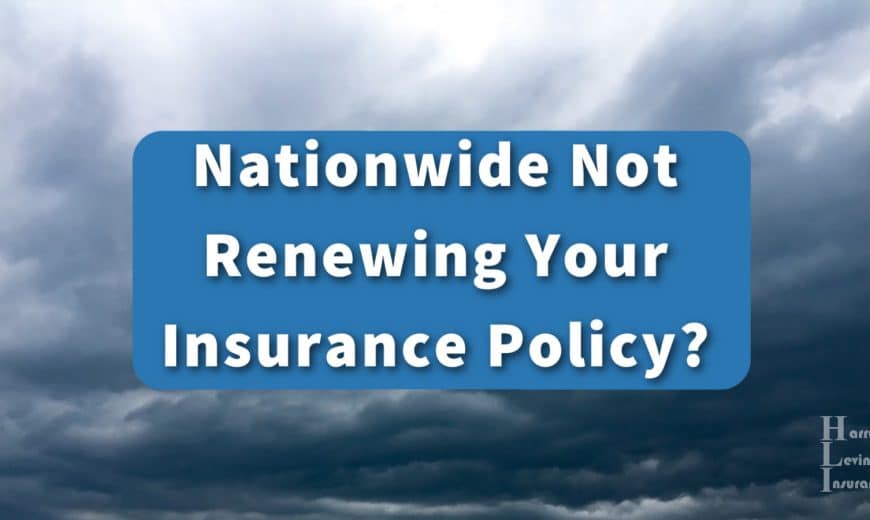Insurance works best when you understand it. Let’s take a closer look at personal property insurance to better understand your policy. When most people think of “home insurance,”...
As millions of Floridians look for replacement coverage, it’s worth asking… …why are insurance companies leaving Florida? If you’ve been paying attention to Florida’s insurance market, you’ve probably...
Have you read your insurance policy lately? Here are 10 surprising things that homeowners insurance covers. If you’re like most people, you probably bought insurance in the hopes...
It’s important to understand your insurance. Let’s take a closer look at dwelling coverage. If you’re like most people, you probably take one look at your Declarations page and...
All you want is insurance…why is it so hard to choose? Let’s go over the different types of home insurance policies to help narrow down your options. Purchasing...
About to lose home insurance? Don’t panic! Here’s why Progressive isn’t renewing certain policies (and what you can do about it). Florida’s insurance market has gone through a...
Bad inspection results? Why are polybutylene pipes such a problem and what can you do about it? It was supposed to be a routine 4-point inspection, but you’re...
Losing your insurance coverage? Here’s what to do if your insurance is canceled or not renewed. If you’ve lived through even one Florida hurricane season, you already know...
Looking for replacement home insurance coverage? Nationwide isn’t Florida’s only insurer. Here’s what to do next. If you’ve owned a home in Florida during the last decade or...









